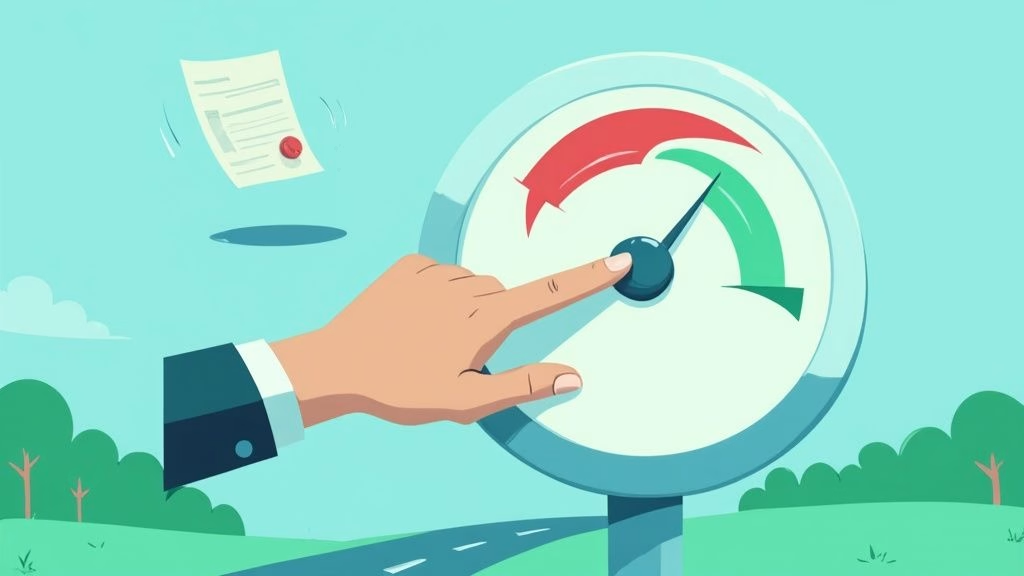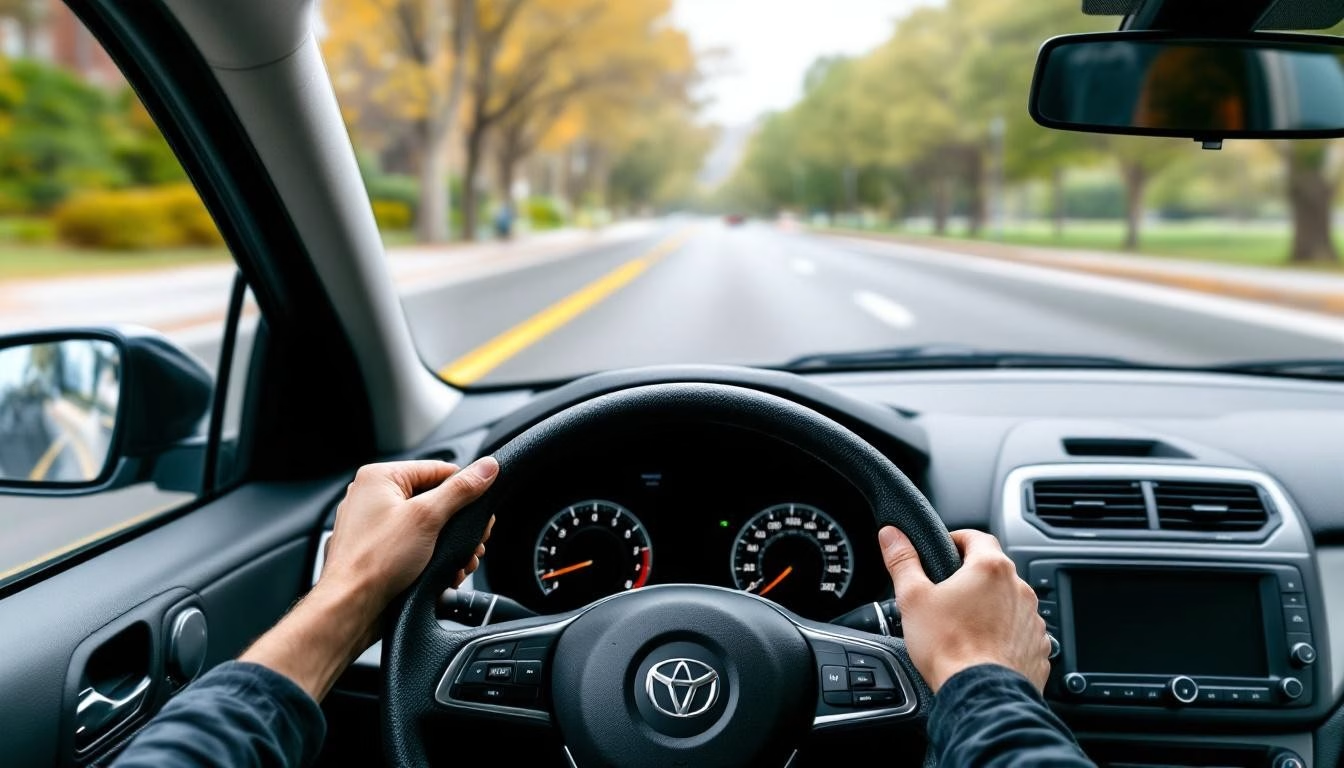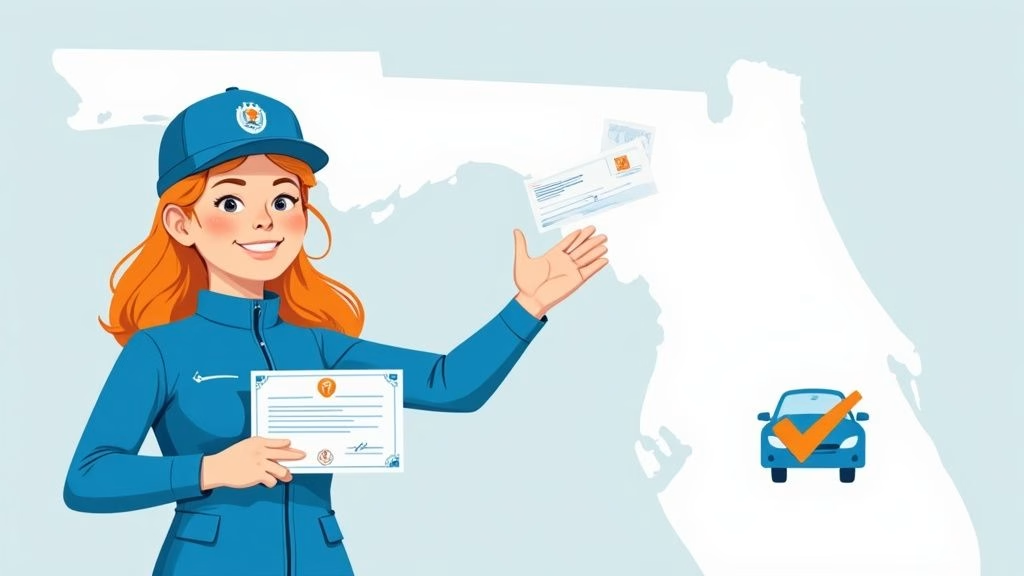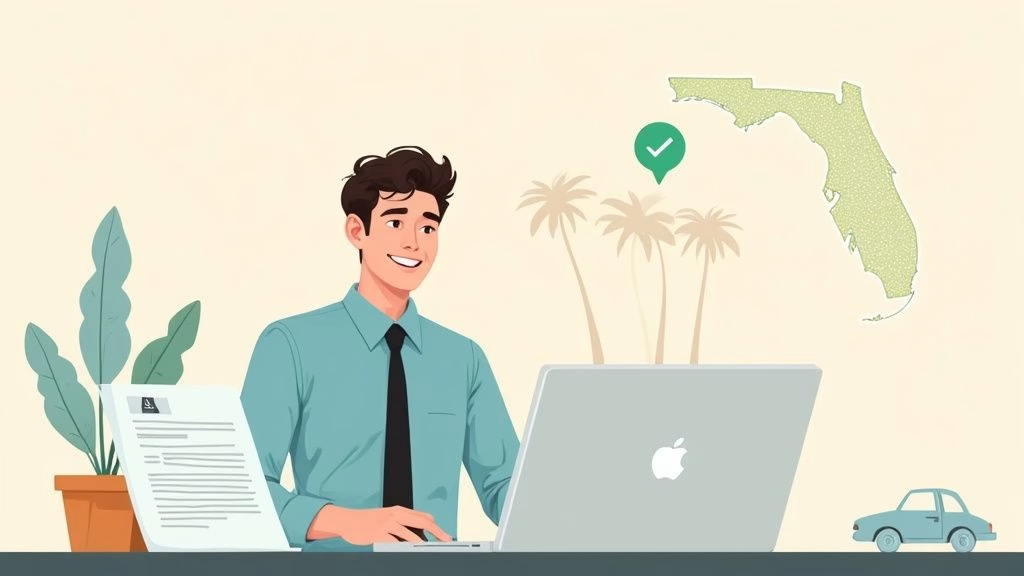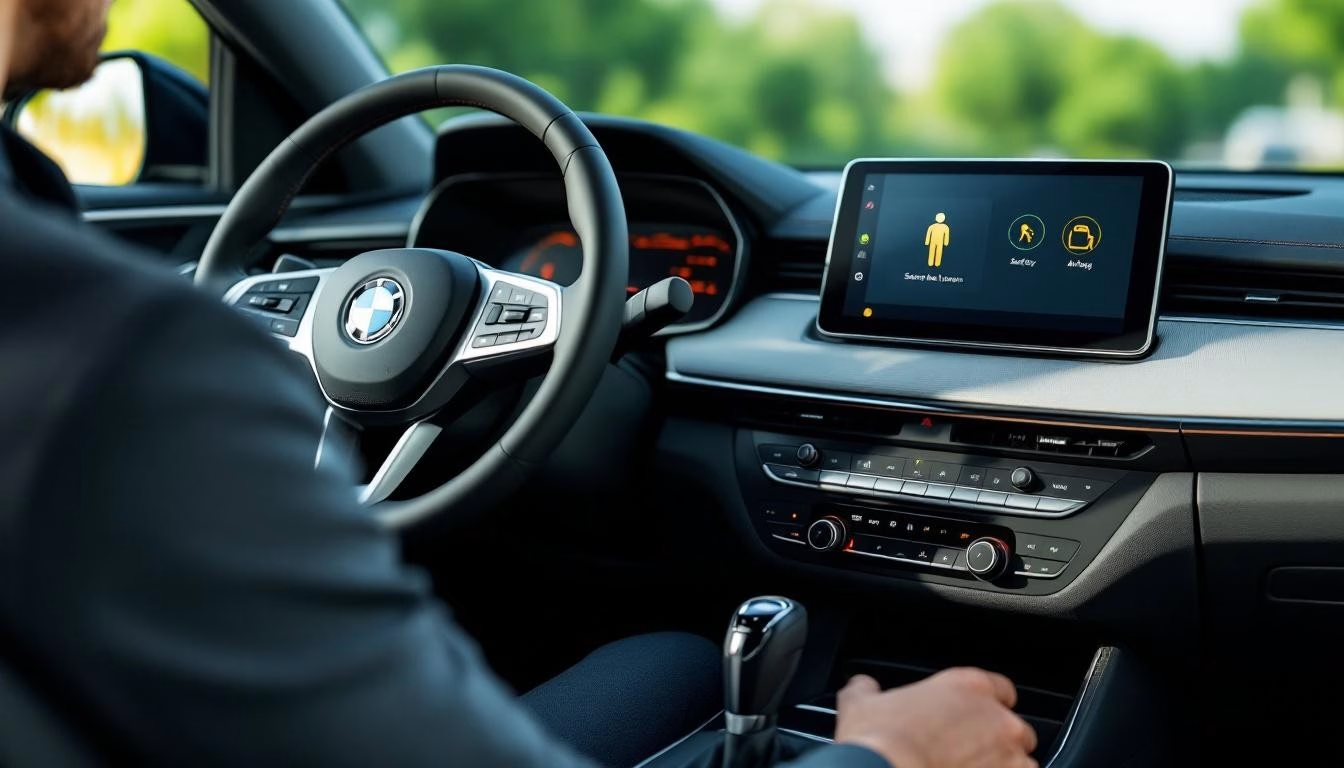Seventeen-year-olds face unique challenges when learning to drive, from managing peer pressure to developing proper risk assessment skills. The right instructor makes all the difference in building safe, confident drivers.
We at floridanewdriver.com know that choosing driving lessons for 17-year-olds requires careful consideration of teaching methods, costs, and instructor experience. This guide helps parents navigate these decisions effectively.
What Makes Driving Lessons Effective for 17-Year-Olds
Age-Appropriate Teaching Methods and Communication Styles
Seventeen-year-olds learn differently than adults, and effective instruction must adapt to their developmental stage. Sixteen- to 19-year-olds represent 3.7% of licensed drivers, but account for 8.7% of drivers in all crashes and 6.5% of drivers in fatal crashes, making specialized approaches essential.
Successful instructors use direct communication without condescending language. They focus on real-world scenarios that teenagers actually encounter. Interactive lessons work better than lecture-style teaching, with hands-on practice sessions that allow teens to make controlled mistakes and learn from them immediately.
Building Confidence Through Structured Learning Progression
Effective programs start with basic vehicle control in empty parking lots before students advance to residential streets, then busy intersections, and finally highway driving. This structured progression prevents overwhelming students while it builds genuine confidence.
Research from the AAA Foundation for Traffic Safety shows that teens who complete formal driver education courses have 30% fewer accidents in their first year compared to those who learn informally. Quality instructors introduce one new skill per lesson, which allows students to master each element before they add complexity.
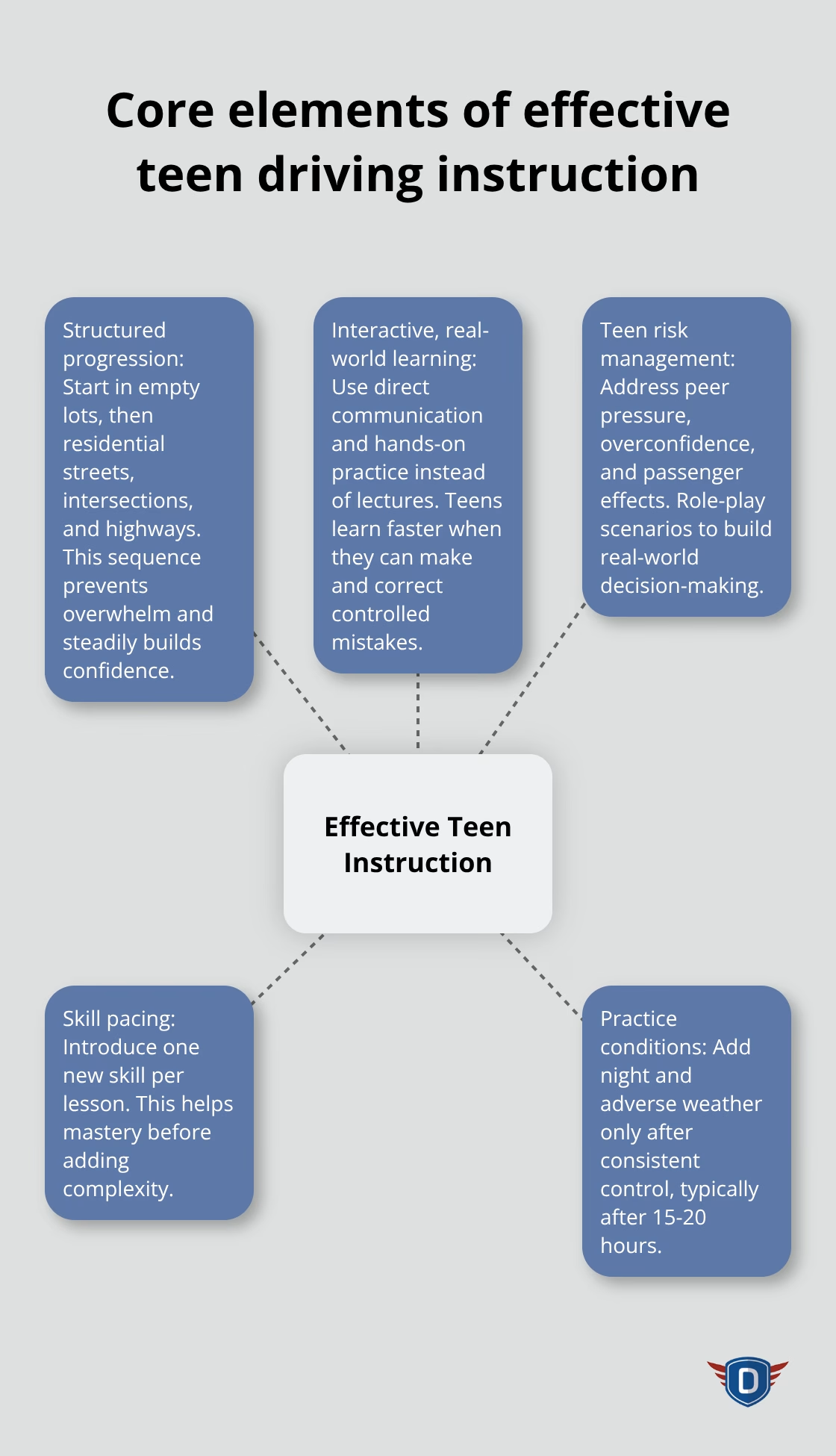
Night driving and adverse weather conditions should only come after students demonstrate consistent control in ideal conditions (typically after 15-20 hours of practice).
Addressing Common Teenage Driving Challenges and Behaviors
Teenage drivers struggle with specific challenges that adult learners rarely face, including peer pressure, overconfidence, and risk-taking behaviors. Effective instructors address these issues directly through discussion of real accident statistics and consequences rather than generic warnings.
Studies have shown that the presence of passengers increases crash risk among teenage drivers but decreases crash risk among drivers ages 30 and older, making passenger management a critical lesson component. Instructors should practice scenarios that involve friends asking for rides, phone notifications while driving, and peer pressure to speed or take risks.
Role-playing these situations during lessons prepares teens for real-world decision-making better than theoretical discussions alone. This practical approach to teen-specific challenges sets the foundation for selecting the right instructor and school that can deliver these specialized teaching methods effectively.
Choosing the Right Driving School and Instructor
Evaluating Instructor Qualifications and Experience with Teen Drivers
Check for instructors with specific certifications from the National Safety Council or American Safety Council, not just basic state licenses. These credentials show advanced training in teen-specific methods. The Better Business Bureau recommends that you verify instructors have undergone background checks and hold current certifications. Ask schools directly about their instructor training programs – quality schools invest 40+ hours in instructor development annually.
Instructors who specialize in teenage drivers understand the heightened crash risks for young drivers. They adjust their methods accordingly, focus on hazard recognition and defensive driving techniques rather than just basic vehicle operation.
Comparing Lesson Packages and Scheduling Flexibility
Most schools offer packages that range from $350 for basic behind-the-wheel lessons to $450 for comprehensive programs that include classroom instruction. Focus on actual road time rather than total package hours. Quality programs provide at least 6-10 hours of behind-the-wheel instruction with one-on-one attention, not group sessions.
The National Highway Traffic Safety Administration recommends supervised practice, but professional instruction should comprise at least 25% of this time. Schools that offer fewer than 6 hours of actual instruction provide insufficient preparation. Check if packages include varied conditions – night practice, highway merging, and adverse weather should be standard components.
Reading Reviews and Getting Recommendations from Other Parents
Contact three recent families directly rather than rely solely on online reviews. Ask specific questions about instructor patience, communication style with teenagers, and actual pass rates for first-time test takers. Schools with 85%+ first-attempt pass rates demonstrate effective methods. Request contact information for parents whose teens completed the program within the last six months – their experiences reflect current instructor quality and effectiveness.
Many parents also find value in beginner driving lessons that follow structured approaches, especially for nervous or inexperienced teen drivers who need extra confidence building.
These selection criteria help you identify quality instruction, but understanding the financial investment and what you receive for your money requires careful analysis of costs and value propositions.
Cost Considerations and Value for Money
Driving lesson costs vary significantly across the United States, with the average driving education cost being $937 according to recent data. Kansas is the most affordable at $640, while New Hampshire is the most expensive at $1,575. Metropolitan areas like New York and Los Angeles typically command premium prices while rural areas charge less. The total investment for comprehensive instruction varies considerably by state and location.
Package deals consistently offer better value than individual lessons. Schools typically discount packages by 15-25% compared to hourly rates, making them the smarter financial choice for most families.
Understanding What Package Deals Include
Standard packages include behind-the-wheel instruction, but many exclude essential components that add significant costs. Classroom instruction typically costs an additional $200-$300, while practice tests and materials add $50-$100. Vehicle rental fees for road tests range from $75-$150, and many schools charge $25-$50 for scheduling assistance.
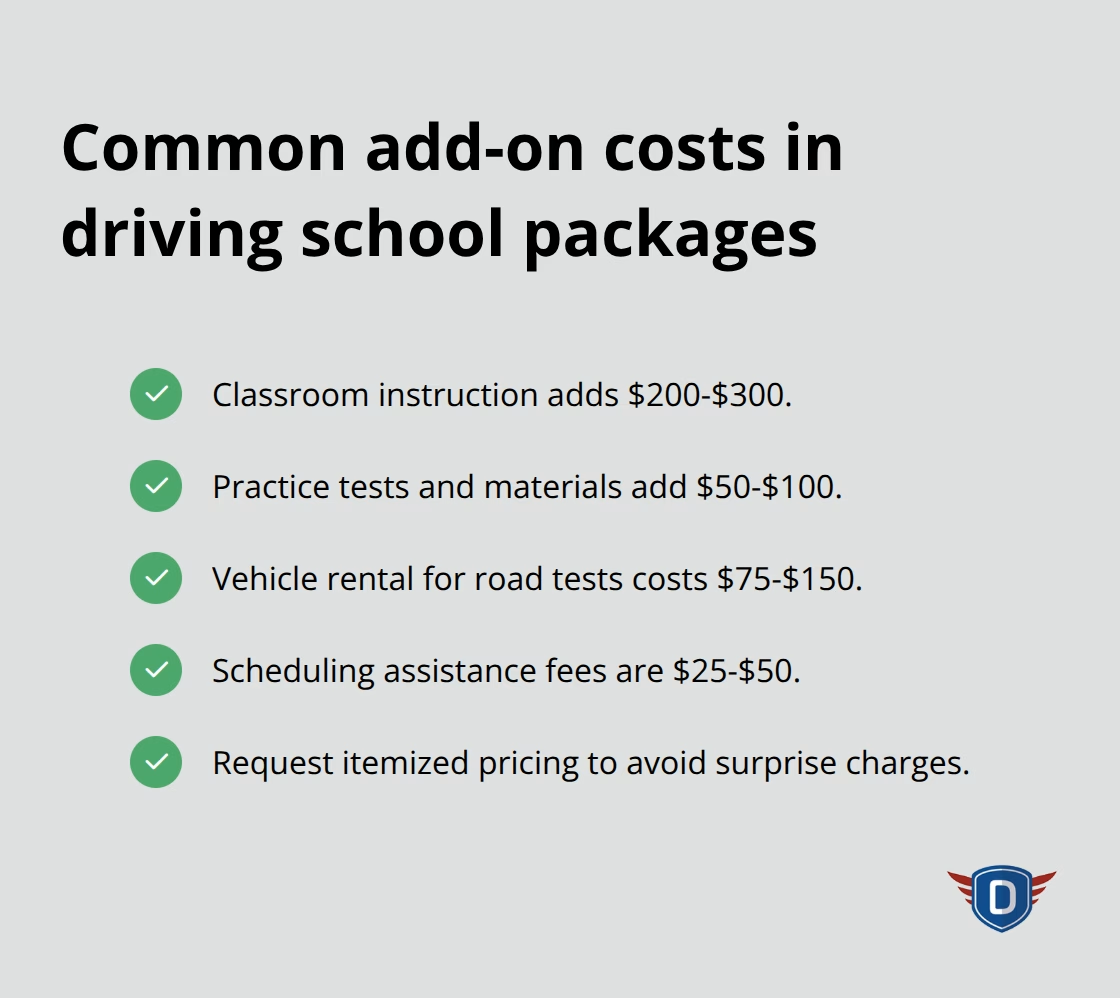
Quality packages should include at least 10 hours of road instruction, classroom time, and test preparation materials. Schools that advertise $300 packages often exclude these components, making final costs closer to $600-$700. Always request itemized pricing before enrollment to avoid surprise charges.
Payment Timing and Discount Strategies
Payment timing affects total costs significantly. Schools that offer monthly payment plans typically add 10-15% interest charges, while upfront payment often qualifies for 5-10% discounts. Family discounts apply when multiple siblings enroll – many schools reduce second-student costs by 20%.
Insurance companies like State Farm and Allstate offer rebates of $50-$200 for completed driver education courses, effectively reducing net costs. Schedule lessons during off-peak hours (weekday mornings) to access discounted rates that can save $10-$20 per session.
Comparing Local Options
Compare at least three local schools before you commit, as pricing varies dramatically even within the same area. Schools in the same city can differ by $300-$500 for identical services. Request detailed quotes from each school that break down all fees and requirements. This comparison reveals which schools provide genuine value versus those that use low advertised prices to attract customers before adding hidden costs.
Final Thoughts
Parents must balance instructor expertise, teaching methods, and cost considerations when they select driving lessons for 17-year-olds. The most effective programs combine structured progression with teen-specific communication styles that address peer pressure and risk-taking behaviors. These specialized approaches produce measurable safety benefits that justify the investment.
Quality instruction delivers concrete results that parents can measure. Teens who complete professional driver education have 30% fewer accidents in their first year compared to those who learn informally. Schools with 85% first-attempt pass rates demonstrate effective methods, while comprehensive packages that include varied conditions (night practice, highway merging, adverse weather) provide better preparation than basic programs.
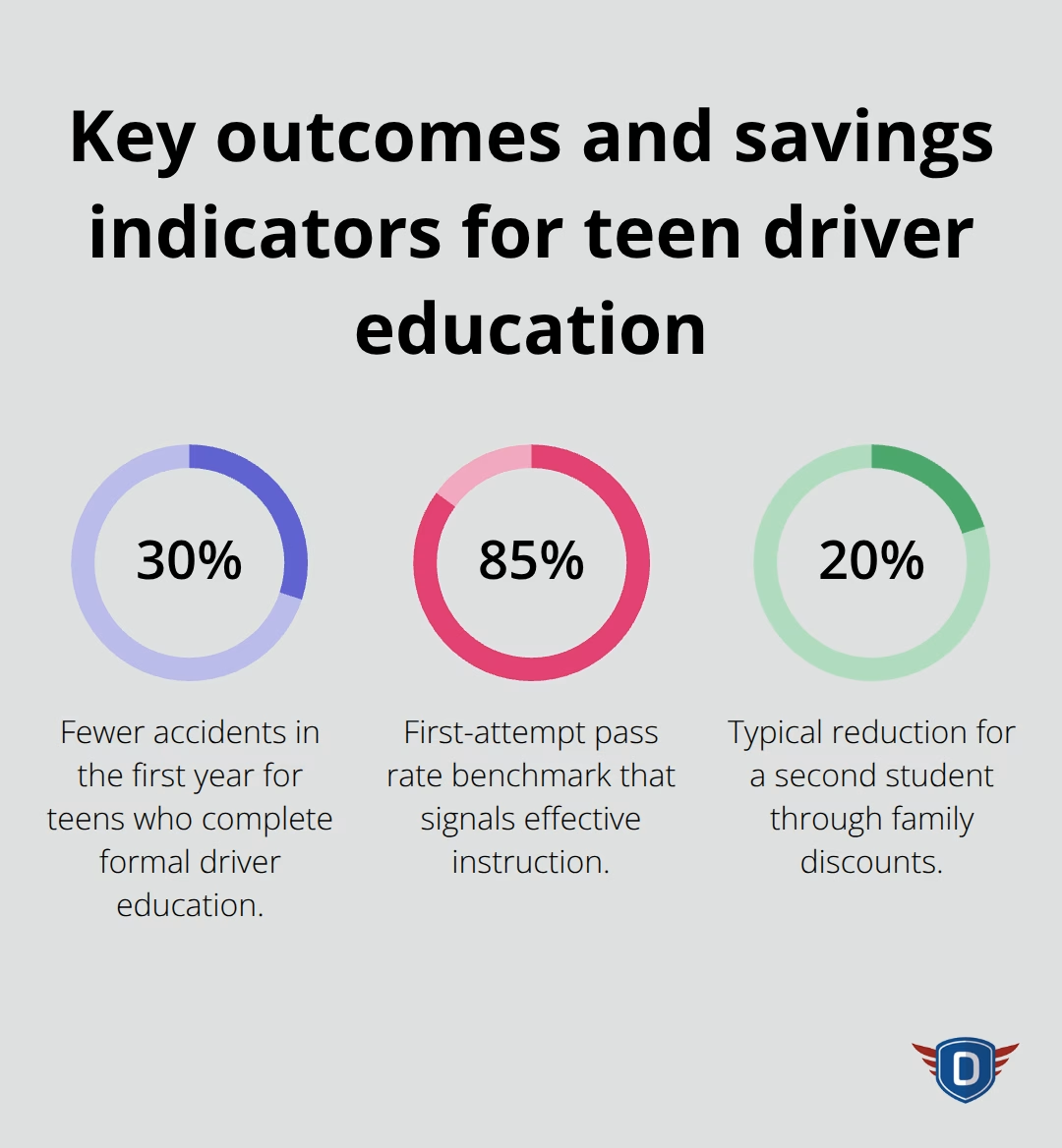
We at floridanewdriver.com connect families with certified instructors who understand teenage developmental needs and crash risk factors. The investment in quality driver education pays dividends through reduced insurance premiums, fewer accidents, and confident young drivers who make better decisions behind the wheel. Parents should prioritize schools with proven track records over lowest-cost options to achieve these long-term benefits.


